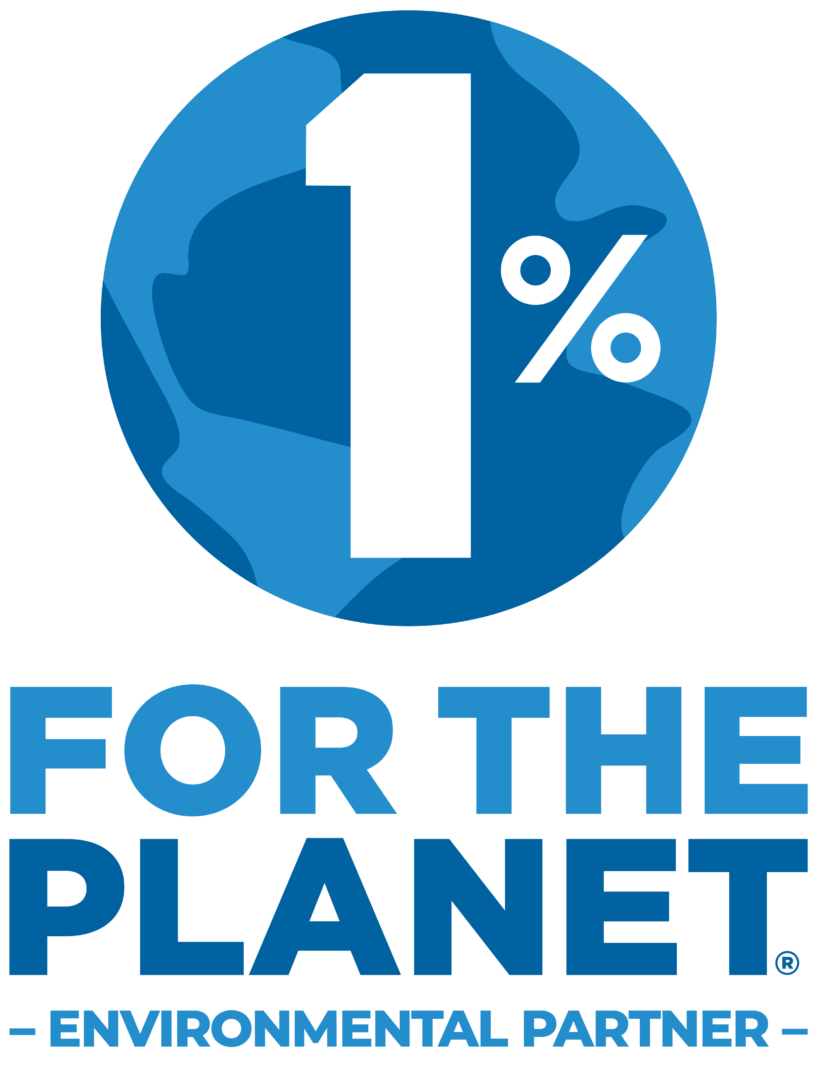When everything is crisis, look for where things connect
To say the past few years have been overwhelming is an understatement. From large-scale reckonings with racial injustice, to the impact of the pandemic, to the flare up of war and conflict in different parts of the world, there have been no shortage of urgent and foreboding headlines competing for our attention. All of these crises have emerged on top of existing global challenges like poverty and climate change.
In the mid-2010’s, the term compassion fatigue gained popularity. It referred to the burnout people experienced after responding to one mass tragedy after the next. Many people shared the experience of emotional and psychological overwhelm after witnessing or processing so much suffering. As a self-protection response, our nervous system shuts off the unpleasant messages. While this might help our day-to-day functioning, it can also be a barrier to compassion, empathy, and positive action.
While the past couple years have been full of the types of headlines that drive compassion fatigue, the use of the term has slipped in popularity.

One possible explanation is that many of these challenges confront more people directly, and they no longer feel like other people’s problems but rather ones that are personal to us. Confronting challenges for one’s own sake may feel more like survival than compassion.
Another explanation is that fatigue has grown so severe that people aren’t even up for talking about it as much. Many Americans have simply checked out. Between 2021 and 2022, strengthening the economy was the top concern of most Americans in a Pew survey, but the overall interest it drew during that time dropped significantly. The Reuters Institute for the Study of Journalism found a significant drop in news consumption between late 2020 and 2021. As Lily Rothman wrote for TIME Magazine, “It seems reasonable to conclude that people have gotten burned out from taking in one crisis after the next. As most of these crises go beyond the control of any one individual, many may see their options as between helplessness or disengagement.”
Living through this moment, while seeking to be people who serve the most vulnerable, the least of these, means that our call is not to look away, but to meet people in the midst of their suffering. Our reminder to “not be overcome by evil, but overcome evil with good” (Romans 12:21) feels especially pertinent to our present day. While it can be beneficial to take care of one’s own well-being for the sake of keeping a long-term commitment to loving and serving others, giving in to despair is something else entirely.
We are living at a time where dealing with one crisis at a time is simply a luxury that is no longer available. We must help people through different challenges simultaneously, while keeping the bigger picture in mind.
What is that bigger picture? As a Christian organization we’ve long held that our work isn’t simply about solving problems as though we’re anybody’s savior. Instead, we’ve been guided by relationships: our relationship with the Creator and our relationships between each other and the rest of creation. These numerous crises are the downstream effect of broken relationships in need of repair.
A faithful response to our moment will consider the convergence of our crises and the different ways in which they compound off each other.

Climate change is a clear example of a threat multiplier. The impact of climate change is felt most immediately and most severely by those living in rural parts of countries like Ethiopia, Haiti, or Malawi who rely on the land for food and income. Exacerbated poverty leads farmers to resort to destructive last resorts like deforestation or field burning in order to secure desperately needed immediate income, but it further contributes to climate change. Poverty, then, makes people all the more vulnerable to many other injustices. Some leave their land in search of jobs, sometimes in other places where reception will be hostile. Many become vulnerable to the false promises made by traffickers and exploiters.
In just about every instance, the threat of climate change goes beyond the climate itself. As a threat multiplier, it takes existing injustices and makes them worse. For example, gender inequity is often called the world’s oldest injustice, and climate change does indeed have a more severe impact on women than men. This is largely connected to who does food-growing work in many countries, and reflected in the two-thirds female participant composition of most Plant With Purpose groups.
Can climate also be connected to racism? Maps that show surface temperatures of U.S. cities during heat waves reflect more heat in areas redlined for housing segregation. What about war? Conflicts in Mali, Syria, and even Ukraine have significant climate implications.
Many of us are accustomed with a more linear approach to problem solving. However, the ability to see the interconnected threads between different issues will be a necessary lens as we move forward in love. Writer, Mary Anaise Heglar, describes this necessary perspective shift: “We live today in the age of crisis conglomeration. It is no longer useful or honest or even smart to look at any of them through a single lens. Not even the ones that have become so endemic we don’t talk about them as crises, but as systems — like mass incarceration. Or the ones we’ve tucked neatly out of our line of sight, like immigration detention, which is a refugee crisis by another name. But dealing with one crisis at a time is over. Myopia is canceled. It is a luxury, and illusion, we can no longer afford. We are either looking at all of it, or we’re looking at none of it.”
As timely as this perspective is, it’s also timeless. Decades ago, Martin Luther King offered a similar reflection: “We are caught in an inescapable network of mutuality, tied in a single garment of destiny. Whatever affects one directly affects all indirectly.”

The interrelatedness of different problems has long guided Plant With Purpose’s work. What began as an effort to help farmers in the Dominican Republic overcome poverty by securing a livable wage led to the natural conclusion that you couldn’t do so without tending to the way most earned their income: through farming and a reliance on the land. There was a natural relationship between the environment and people’s livelihoods. When things went wrong, it was a downward spiral, but when reversed, it could be a cycle of restoration. And as we’ve continued to expand around the world, we’ve found many other things that get caught in the cycle as well: conflict resolution and local entrepreneurship and gender integration and soil health and migration… the list goes on.
The convergence of different crises is understandably overwhelming, but when viewed from a different angle, it also creates a powerful starting point for hope and action. Where does one even get started in addressing all these issues? Anywhere—just begin. And while some may be drawn to science, others the financials, and others the cross-cultural collaboration, we ultimately see that to begin working on any one of these issues is ultimately to work on all of them.
We live in a challenging time full of many simultaneous challenges. But we may do ourselves- and our whole world a favor by shifting our perspective a little bit. This is not the accumulation of many things gone wrong, but a web of broken relationships in need of healing. And we all get to participate in that process. Wherever we begin.



















Who's the author? Very thoughtful.
No mention of the faith dimension in this article -- which leaves me feeling like the subject hasn't been addressed adequately. After all, we are people of faith in the Lord Jesus Christ. Surely as citizens of the Kingdom of God, we're not particularly surprised, nor easily overwhelmed by the problems of this world. Reflecting on the fact that God is near us, and at work in the midst of these "intersected" issues might add a refreshing perspective.
It's nicely written, but leaves me feeling like the best part has been left out.
THANK YOU THANK YOU THANK YOU for providing a vehicle to help. Your work reframes and realizes the need in a life-sustaining, dignity enhancing, hope filled and holy way. Plant with Purpose is sacred ground.